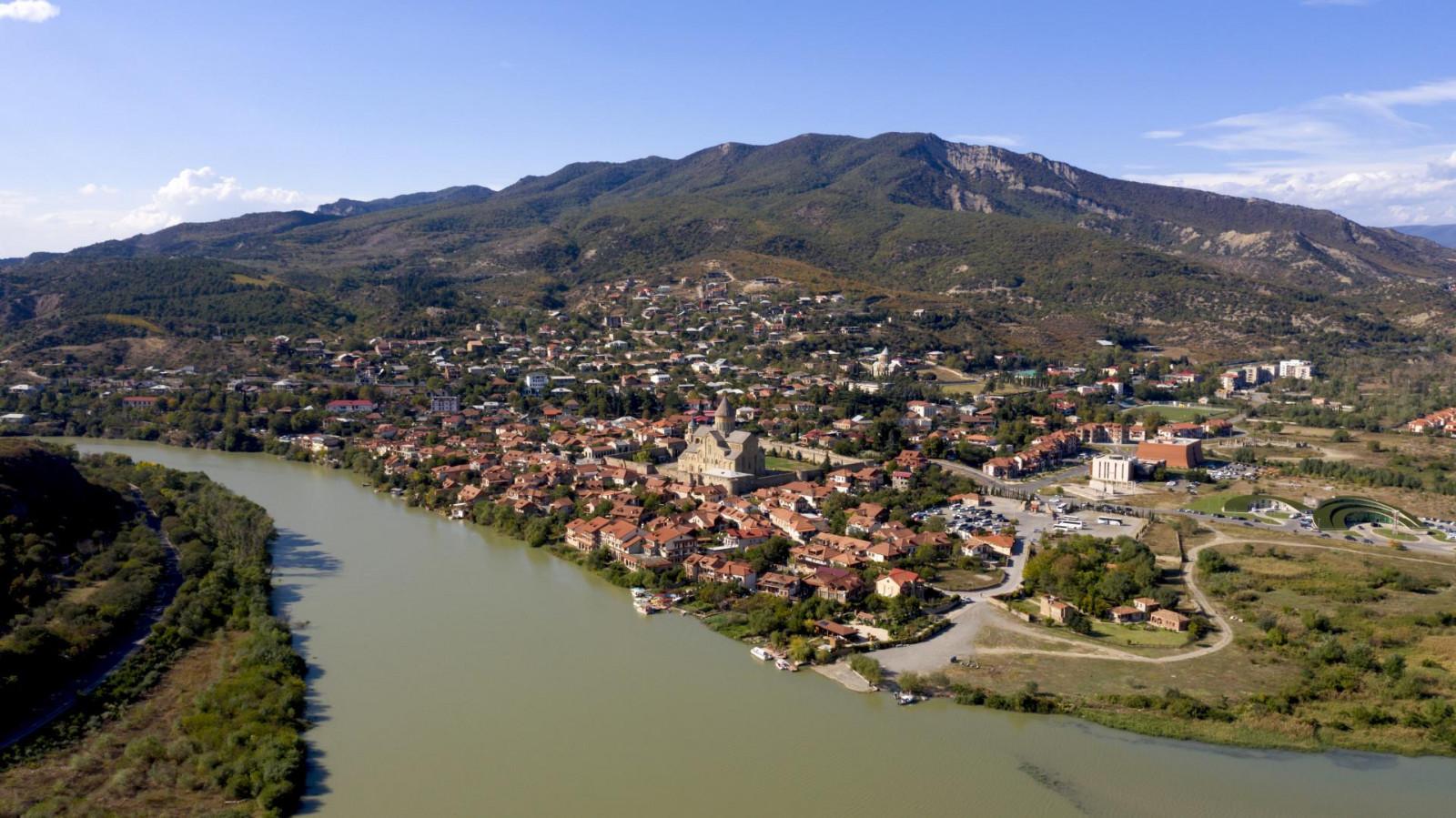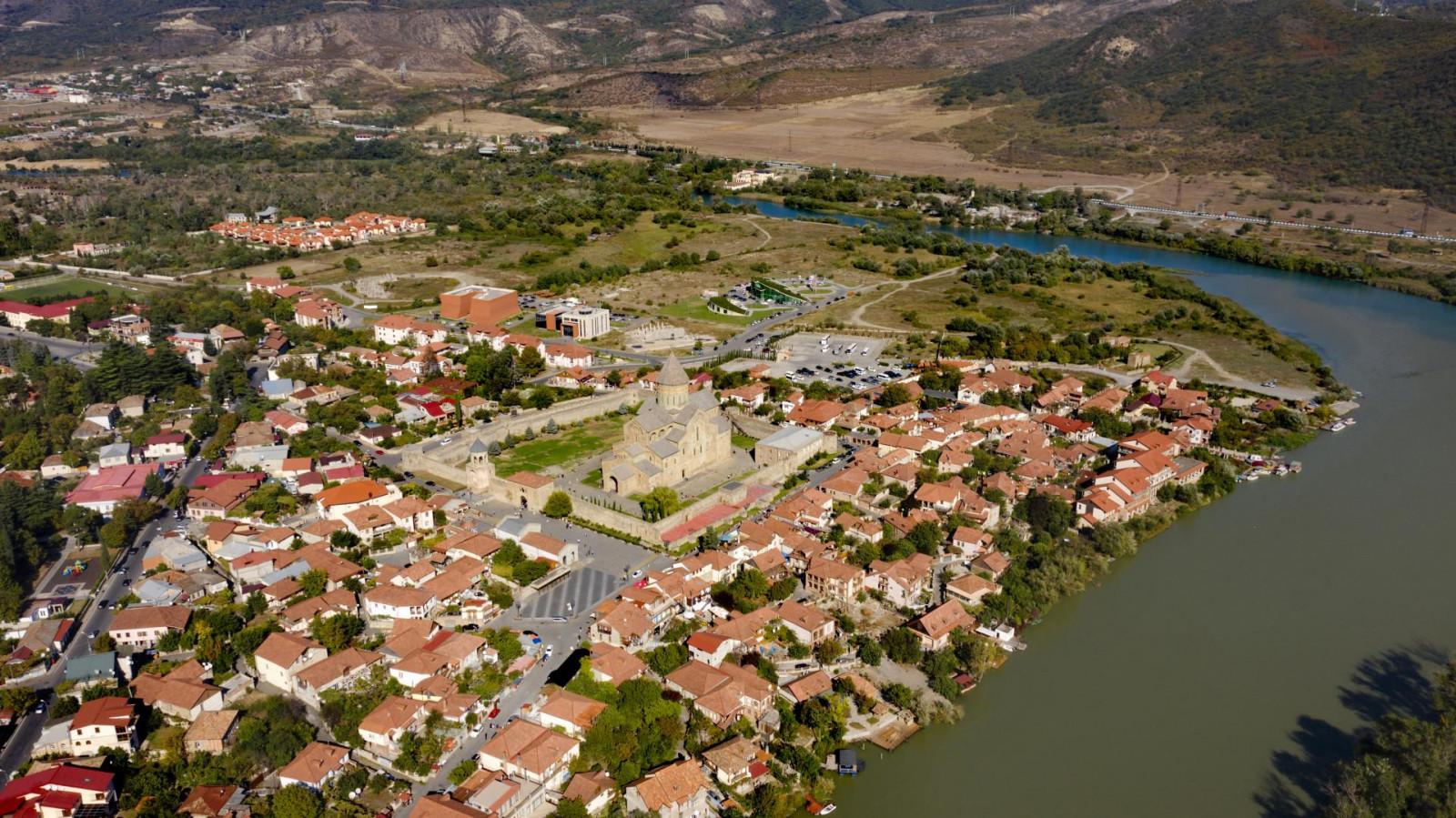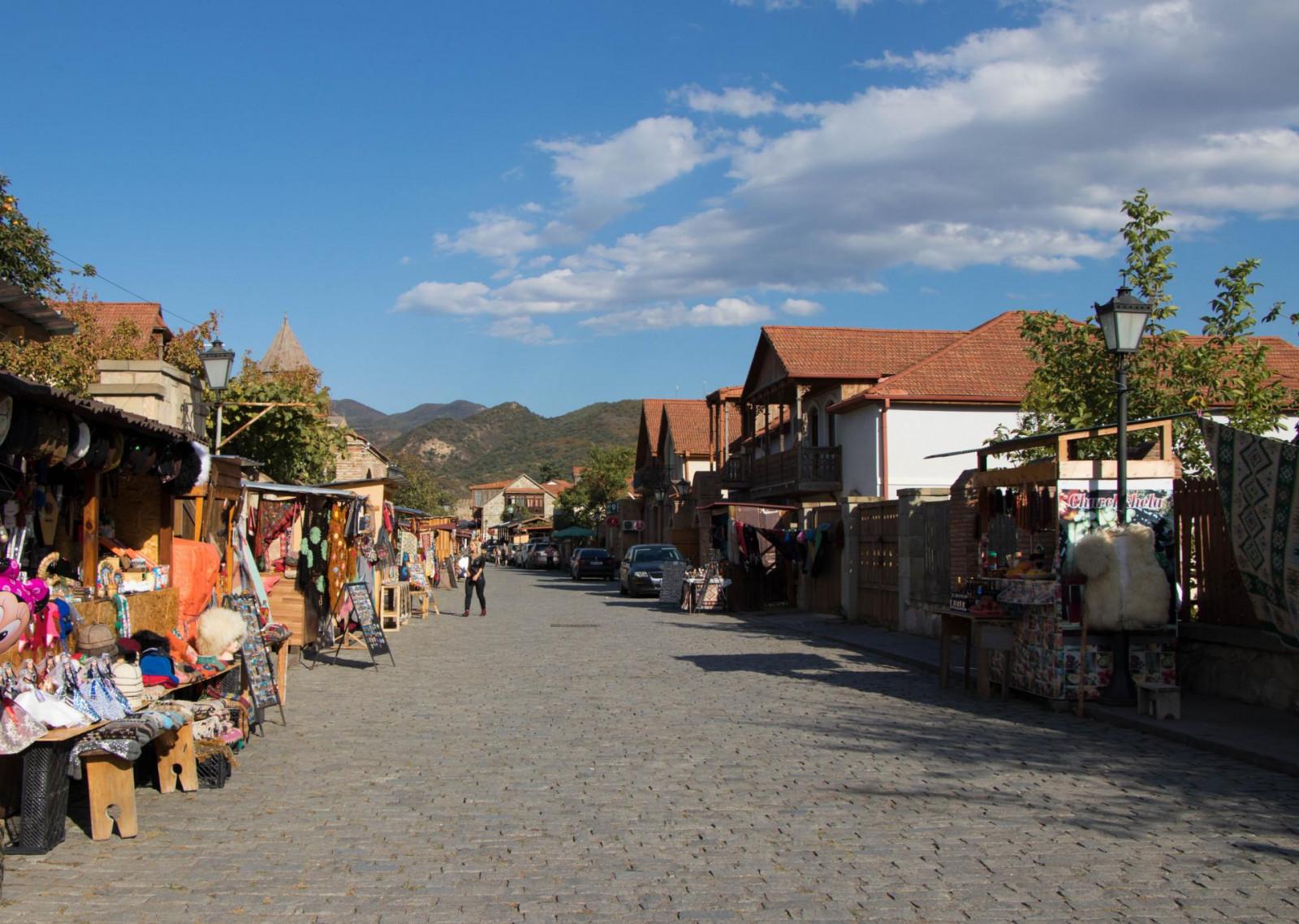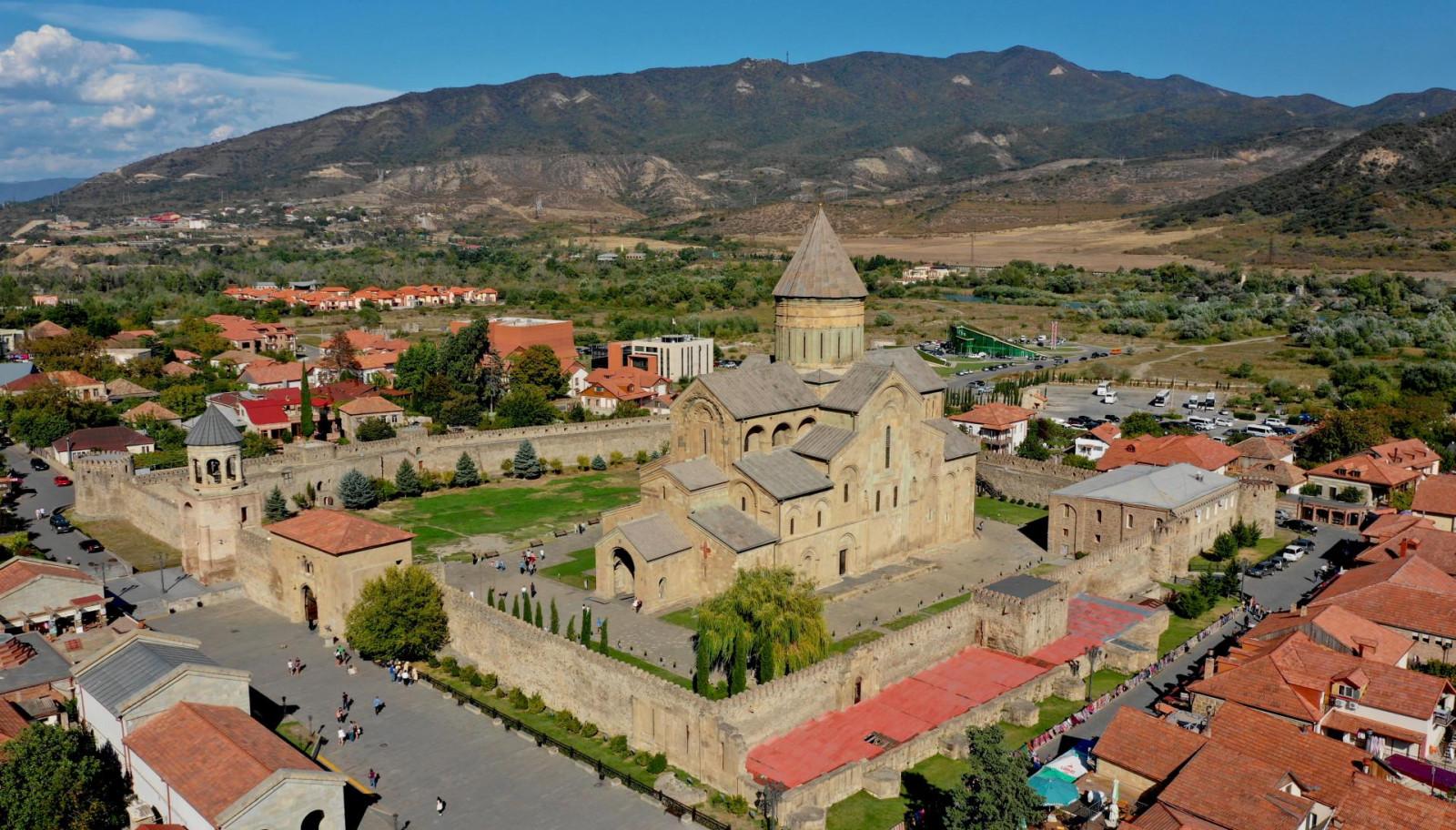
Svetitskhovloba
Svetitskhovloba - same as the Mtskhetoba is a holy day, celebrated every year on October 14. Liturgy in connection with it is celebrated in the functioning churches all over Georgia, however, the main focus this day is on the city of Mtskheta. In the Svetitskhoveli Cathedral, the locals and parishioners from Tbilisi are attending the main liturgy service. This is where the Seamless robe of Jesus is kept and this glorious holiday is derived from. In the center of Mtskheta itself, various diverting events are held.
What is Svetitskhovloba related to?
Svetitskhovloba the same as Mtskhetoba is established by the Georgian Orthodox Church. According to the legend, at the time of Jesus' crucifixion in Jerusalem, Jews from Georgia - Elioz Mtskheteli and Longinos Karsneli - also arrived from Georgia. After the crucifixion of Jesus Christ, the Jews parted his clothing, although as foretold, the robe was to be complete, and miraculously it was given to Elioz and Longinus - the Jews living in Mtskheta, who brought the shrine to Mtskheta. When Elioz and Longinus came back to Georiga, Elioz's sister, Sidonia, cuddled the Lord's robe and deceased. Elioz buried her with the robe. A cypress tree grew on her grave.
The desire to see the robe of Christ and to Christianize Kartli brought St. Nino from Jerusalem to Mtskheta. She informed King Miriam of the great holiness that the robe of the Lord and the robe of the prophet Elijah were buried in the palace garden. During the reign of King Mirian and Queen Nana, on the advice of St. Nino, it was decided to build a temple on the site of the cypress. By order of King Mirian, 7 columns were made for the church from this tree, one of which did not obey the builders. St. Nino had a vision: a pillar of light came down from the sky in the form of fire and stopped at a height of fifty meters from the base of the cut spruce from which it was cut. When she woke up, she saw a pillar erected in the same way. This miracle strengthened people's faith and gathered them in Mtskheta to worship the baptismal pillar. Georgians have always believed that the robe was buried at the very place where the pillar was raised. The pillar has worked wonders for centuries. According to the legend, when approaching, the sick were cured, the eyes of the blind were seen, the infirm began to walk.
In the second half of the 5th century, after the demolition of the first wooden church, St. King Vakhtang Gorgasali erected a basilica-type temple. In the 11th century, the Catholicos of Kartli Melchizedek built a new church on the site of the damaged basilica - Svetitskhoveli.
Svetitskhoveli Temple
Before the Svetitskhoveli Cathedral was honorably awarded the title of the Patriarchate Cathedral, and before it became a rich heritage of Georgia, it has come a long way. Originally a small wooden church built during the reign of King Mirian, on the advice of St. Nino, in the 4th century in the palace garden. The temple has undergone many changes. In the 5th century, about 500 AD, after the demolition of the wooden temple, Vakhtang Gorgasali built a large stone church named after the Twelve Apostles. This temple was burnt down by Abul Qasim in the 10th century. However, during the reign of King George I, in the XI century, the Catholicos Melchizedek made a thorough restoration. Arsukidze was the architect. In 1283 Svetitskhoveli was damaged by an earthquake. In the 14th century, George V the Brilliant restored the dome of the temple. In the first half of the 15th century, during the reign of Alexander I, after the temple was destroyed by Temur-Leng, in 1656, under the leadership of King Rostom and Queen Mary, the dome was rebuilt. In 1675, by the order of Catholicos Nicholas, the tower was also renovated and painted by Grigol Gurjvarishvili with scenes from "Moktsevai Kartlisai".
How is Svetitskhovloba celebrated?
Svetitskhovloba has been celebrated throughout Mtskheta since 1991 when Georgia regained its independence. Prayers from Tbilisi, Kartli, and Kakheti gathered in Mtskheta. They were going to Svetitskhoveli to spend the night the day before.
Along with the liturgy and the feast, there was a market, dancing games, wrestling, and singing. The tradition is preserved to this day and hosts the guests who come to celebrate Svetitskhoveli with various events, folk music concerts, fairs, and exhibitions. At the same time, a public walk is held in the streets of Mtskheta.
The Georgian Orthodox Church also commemorates King Mirian and Queen Nana, St. Sidonia, and Abiathar on this day. In addition, October 14 is the day of commemoration of the Catholicos Melchizedek, thanks to whom the final look of Svetitskhoveli was obtained.
Svetitskhovloba is declared a holiday. That is why we have the opportunity to feel the heartbeat of the holiday every year in Mtskheta. A number of tours which offer an unforgettable adventure are planned on this day.








Please login to add a comment
Write a comment